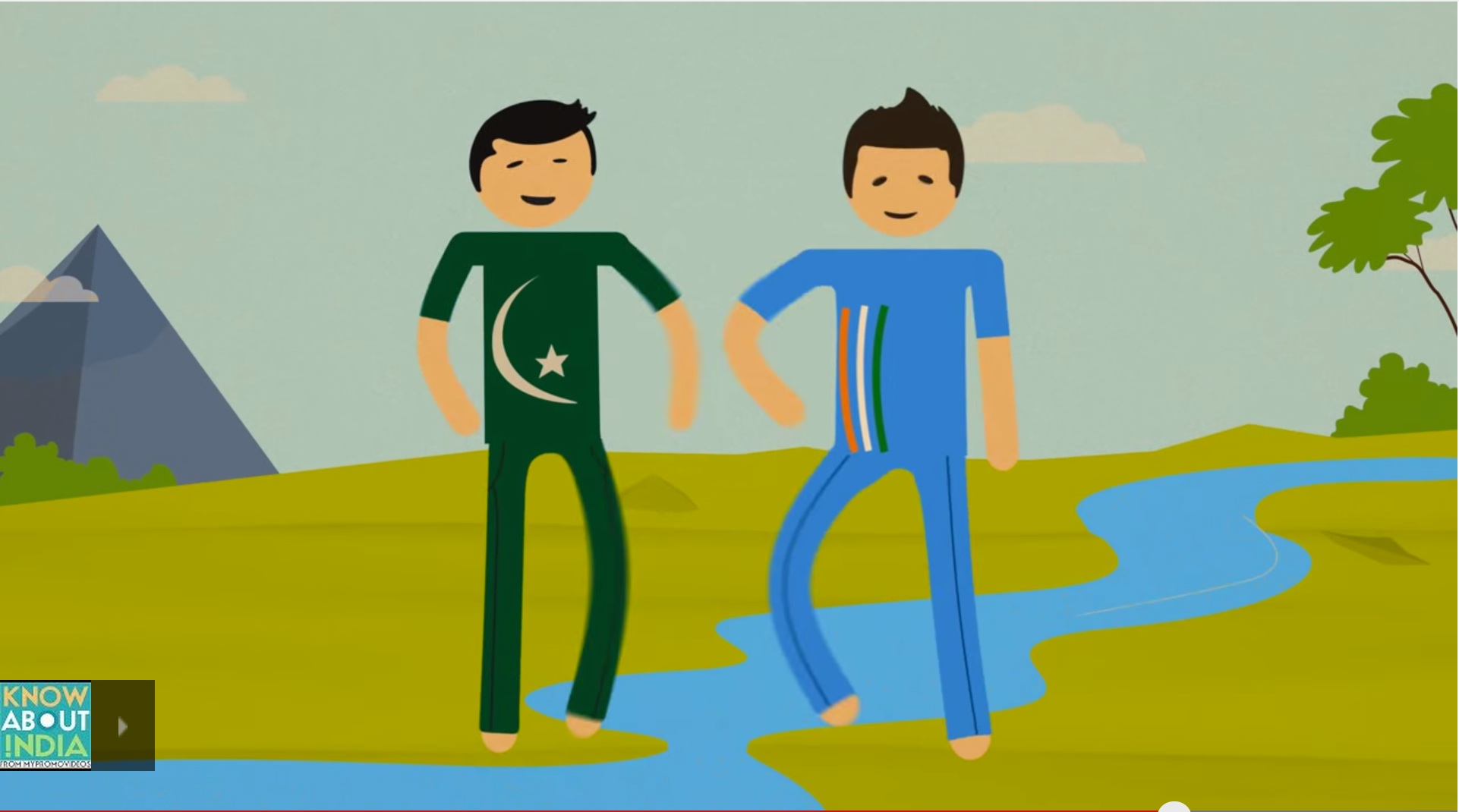Introduction
At the initial introduction of Lipstick Under My Burkha, society harshly criticized and fought with all its might to have it banned, but women, fed up with the hypocrisy and male-domination, boldly persevered to fight back harder. Let’s take a close look at why women fought to make Lipstick Under My Burkha eligible for release and how they sent a clear message to opposers that, “No we will not be easily silenced and yes our experiences do matter.” If you haven’t already, you can watch the trailer here.
So What Shrivastava?
Succeeding in allowing the movie to be eligible for release goes far beyond fighting the societal norm of male directors being put on a pedestal in the film industry. That is just another positive outcome shadowing the movie and its other major achievements.
One of the most important issues the movie clearly brings forward is how we as society are so easily inclined to approve sexualization of a woman’s body only when it is for a man’s pleasure. We are quick to criticize the same sexualization when it’s a slap in the face to patriarchal notions. Using sex for a purpose other than attracting men to watch the movie? That’s a no-no. This explains the controversy instantly created at the introduction of Shrivastava’s film. She clearly tries to reclaim the idea of sexualizing women for women rather than following empiric norms of only using it as a means to appeal to men. Kainaat, a history student who attended the first screening of the movie addressed how women are inherently not allowed to have sexual desires of their own because it’s a threat to the traditional male-favoring society. Out of the 35 per cent of Indian movies where female characters are sexualized by being shown partially nude, of course Lipstick Under My Burkha is the one to be deemed unacceptable for the public eye. But they didn’t give up there. The Central Board of Film Certification continued to choose an overwhelming 27 scenes that they thought should be taken out from the movie.
The film features four different female protagonists who each battle a different form of oppression and how they search for a little freedom in a world where they are told to follow demands by the male figure in their life. It brings forward the reality of how much power we as women actually have to stray away from societal norms by displaying secret lives of women that shouldn’t have to be so secret. Without going into too many specific details, watch the film to see issues such as treatment of widows, cultural expectations of a young woman and a married woman, and suppression of a woman’s sex life being addressed face-on and fearless!
Conclusion
Lipstick Under My Burkha sends a bold message to society that we as women are tired of the bullshit (oh a woman cursing is “unsanskari”? #sorrynotsorryanymore) that continues from generation to generation and we shouldn’t have to (won’t) hide our identities just to please the traditional uncle and aunty jis in our society. Turns out the hero does always win and despite what DDLJ and basically every other cliche Bollywood movie has taught us, the hero can be, in fact, a heroine.
Congratulations on your achievement Shrivastava and team!
[Image Attribute: Tim Johnson]




